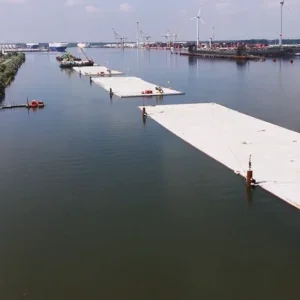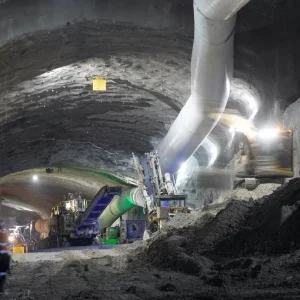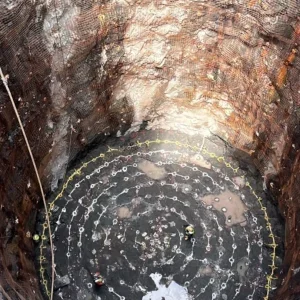ITA WG 6 said of the reason for creating the report: “Between 1990 and 2010, there have been a number of serious underground res in road tunnels. These fires have caused extensive loss of life and severe collateral loss to the infrastructure. Aside from the tragic loss of life, the long-term effects to the local infrastructure, the loss of public confidence in the safe use of tunnels have necessitated the development of safety recommendations. This document is intended for use to identify the categorisation of road tunnels and propose methods for the protection of the structural elements. The behaviour of structures is a key factor to allow users to evacuate and rescue personnel to enter the scene and effectively perform their required duties and to limit damage to the tunnel. Improved specifications for tunnel fire resistance are required in order to mitigate the consequences of a serious re, which could result in structural failure or complete collapse.”
On the scope of the document, the group added: “As an addition to PIARC guidelines, the scope of the document is to provide recommendations for techniques and materials to answer these structural requirements and make tunnels and their ancillary structures more resistant to re damage. These recommendations take into consideration the time – temperature curves as recommended by others and develop suitable means and methods for the protection of the structures. The aim or focus of the protection may vary from preventing minor damage to preventing a total collapse both during the re event and during the rescue operation.
“The document is intended to be a guideline and is to be used for road tunnels only and not for rail, mass transit, or pedestrian tunnels. However, the basic principles for the protection of tunnels and underground structures may be applied to other types of structures; in such cases special consideration must be given to the particular application and its own unique operational and other site-specific elements.”
The WG 17 report opens with reference to the challenges of high overburden and great length for TBM tunnelling on, effectively, base tunnel jobs. The group quotes Professor Bieniawski speaking at WTC 2014 in Brazil, “For tunnel boring machines (TBMs), the use of which will be more extensive, the challenges will be to bore tunnels under high rock pressures and high water pressures, both in hard rock and in soft ground conditions; these challenges are simply extraordinary.”
The group goes on to list the three aims of the report:
- To introduce a common technical language and a simplified classification on the main geotechnical hazards that may be encountered during the excavation of long and deep tunnels crossing difficult rock conditions;
- Analyse the influence and the consequences of these phenomenon regarding the variousTBM types;
- Provide recommendations for the design, for the selection of the TBM type and for the mitigation measures to be implemented on-site.
All ITA WG publications can be found in the Working Groups section of the ITA website. Publications by WG 6 and 17 can be found through the following links:







